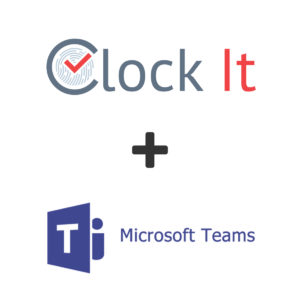
31 Jul Paid Breaks vs Unpaid Breaks: Time Tracking and Payroll Implications
Paid Breaks vs Unpaid Breaks
Understanding the distinction between paid and unpaid breaks is integral to effectively manage your workforce’s time tracking and payroll processing. The handling of break periods can substantially affect employee morale, labor law compliance, and operational expenses. Thus, it’s paramount for businesses to recognize these distinctions and the regulations surrounding them.
Paid Breaks: Definition and Impact on Time Tracking and Payroll
Paid breaks are designated periods within the workday during which employees can rest, without their pay being deducted. These periods are typically shorter and commonly last between 5 to 20 minutes. For time tracking purposes, paid breaks are usually included as a part of an employee’s total hours worked. Thus, they contribute to the computation of overtime, impacting the total payroll costs.
The Fair Labor Standards Act (FLSA) in the United States doesn’t necessitate employers to provide breaks. However, if an employer does decide to offer short breaks (usually 5 to 20 minutes), the FLSA considers them compensable work hours that would be included in the sum of hours worked during the workweek. Therefore, the time spent on these short breaks should be included when determining if overtime pay is applicable.
It’s worth noting that not all states follow the FLSA guidelines, and some have established their laws mandating paid rest periods. As such, it’s crucial for employers to understand their local labor laws.
Unpaid Breaks: Definition and Impact on Time Tracking and Payroll
Unpaid breaks, on the other hand, are usually longer periods of rest during the workday, such as lunch breaks, not accounted for in an employee’s total hours worked. The FLSA does not require these breaks to be paid. Consequently, the time spent on unpaid breaks is not considered when calculating overtime hours, thereby reducing total payroll costs.
For a break to qualify as unpaid, it should typically be at least 30 minutes long, and the employee must be relieved of all work duties. If the employee is required to work during this time, even answering work-related calls or emails, then this time must be compensated, transforming the unpaid break into a paid one.
Different states may have varying regulations concerning meal breaks, with some mandating unpaid breaks for shifts of a certain length. Therefore, again, understanding local labor laws is critical.
Read our in-depth guide on Paid Time Off (PTO)
Effect on Employee Morale and Retention
While it might be tempting to minimize paid breaks or extend unpaid breaks to reduce payroll costs, it’s important to consider the impact of such decisions on employee morale and retention. Regular, paid breaks can foster productivity and job satisfaction, which in turn could lead to lower turnover rates. A well-rested and happy workforce can contribute significantly more to a business than the initial cost of providing paid breaks.
Can you mix paid breaks and unpaid breaks?
Yes, both paid and unpaid breaks can be mixed within an organization’s workday schedule. Typically, shorter breaks (like 15-minute ones) are paid, while longer breaks, such as lunch breaks that last 30 minutes or more, are unpaid.
However, the specific implementation of paid and unpaid breaks can vary depending on the employer’s policies and the labor laws of the jurisdiction in which the business operates. Some regions may require certain breaks, either paid or unpaid, depending on the length of the work shift.
Remember, it’s crucial that during unpaid breaks, the employee must be completely relieved of all duties. If the employee is still required to perform any work-related tasks during this time, the break could legally become a paid one.
Final thoughts on paid breaks vs unpaid breaks
The concepts of paid and unpaid breaks, while seemingly straightforward, can have complex implications for time tracking and payroll management. It’s not merely about complying with the law but also about creating a work environment that values employee well-being and promotes productivity.
Employers should take the time to understand their obligations under local and federal labor laws, and consider the potential benefits of offering paid breaks despite the associated costs. Investing in an efficient time tracking system can help streamline this process, ensuring that all work hours, including breaks, are accurately tracked and compensated. By balancing business needs with employee welfare, organizations can create a win-win situation that promotes growth and success.
It’s always a good idea for businesses to clearly communicate their break policies to their employees, including which breaks are paid and which are not. This communication helps to maintain transparency and avoid confusion or potential disputes.




